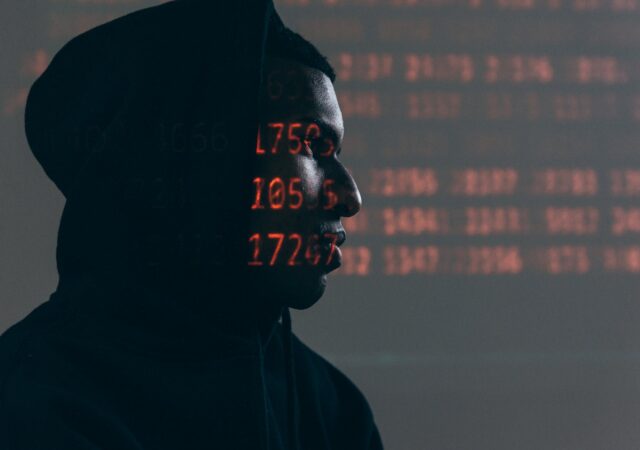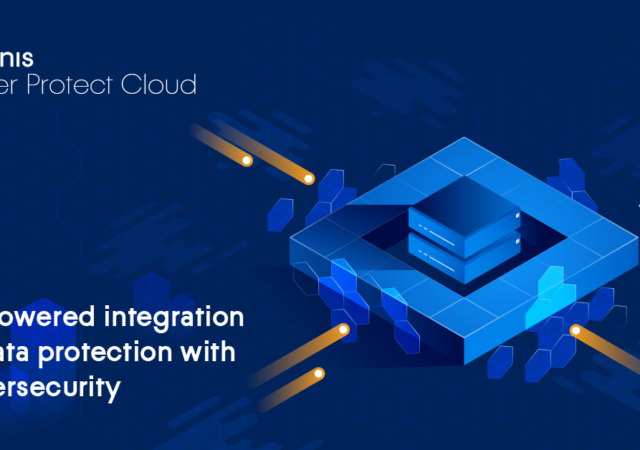Facebook seems to be having a row of things recently. The company initially faced humongous backlash on their implementation of data sharing policies between popular messaging app, WhatsApp, and the larger company. Now, it looks like old wounds are reopening…
Safeguard your Smartphone and Become a Cybersecurity Wiz
With an increase of cyberattacks worldwide, it’s time to look at one of our most used and most vulnerable devices: our smartphones.
Can cybersecurity keep up with flexible work arrangements?
As companies move to a remote workforce in light of the COVID-19 pandemic, they face an unprecedented cybersecurity risk as they are forced to widen their network. So what can companies do about it?
Pandemic Outcome for Small Businesses: Why It’s Time to Change Attitudes Towards Technology
Adapting to a new working world post pandemic can be daunting. However, small businesses have to be vigilant and adopt new technologies to remain competitive and viable.
Nintendo’s Security Breach Could be Worse than Initially Reported
Nintendo initially reported a security affecting users who were migrating from their legacy Nintendo Network ID to the new Nintendo Account on the Switch. It looks like it may be worse than expect
Acronis Launches Cyber Protect to Empower Remote Work
Acronis announces a new, unified offering, Acronis Cyber Protect, which allows service providers to better enable remote work for businesses.
Is Privacy Our Sole Concern With Contact Tracing Technology?
This week the Guardian reported an alleged ‘standoff’ between the NHSX (the digital innovation arm of the NHS) and tech giants Google and Apple regarding the deployment of contact tracing technology aimed at curbing the spread of the Covid-19 virus.…
Driving Digital Transformation in Malaysia Through Hybrid Cloud and Interconnected Data Centres
In an increasingly digital marketplace, digital transformation is no longer an option. It’s a necessity. Hybrid cloud has proven to be a bridge for companies to go digital without a total overhaul.











